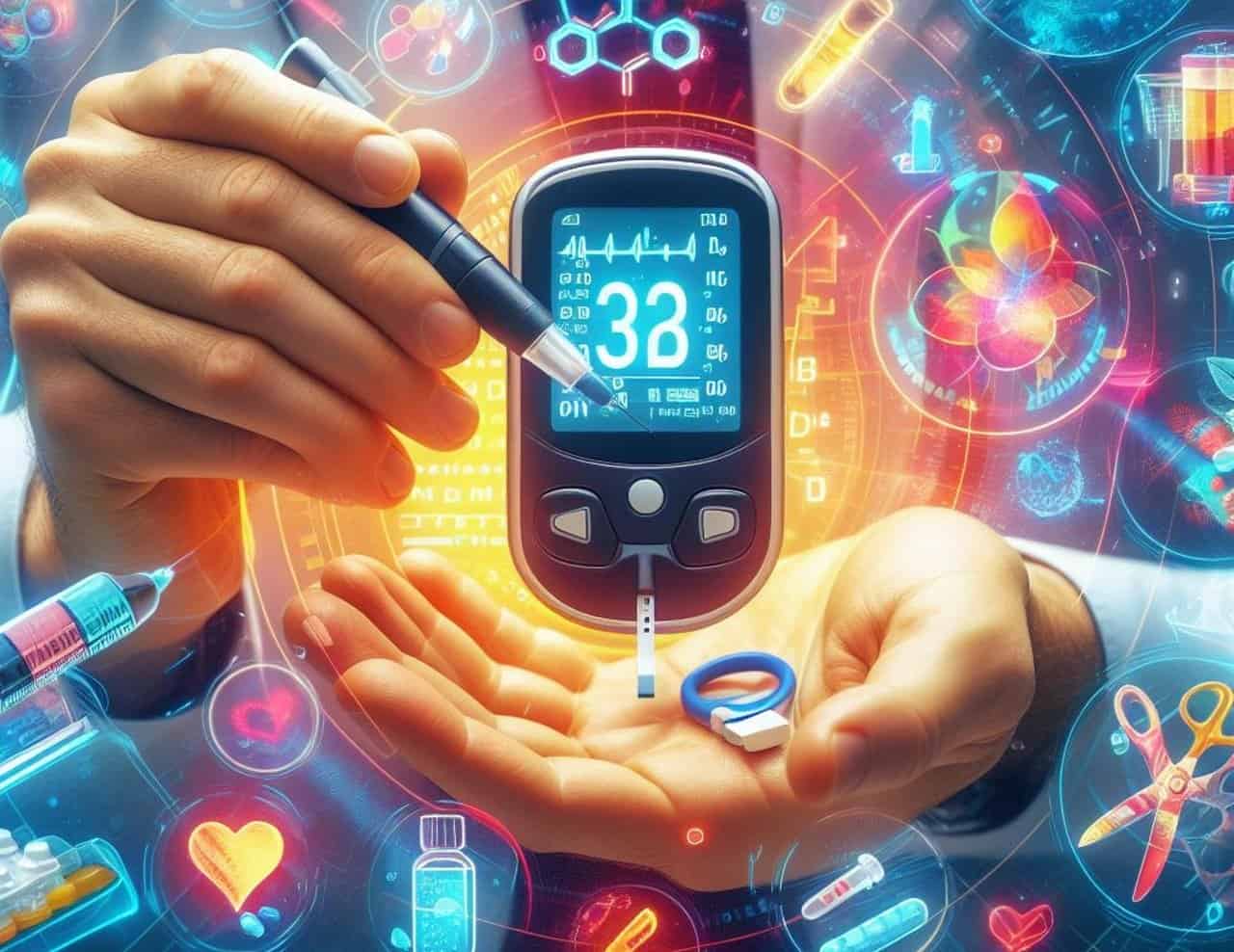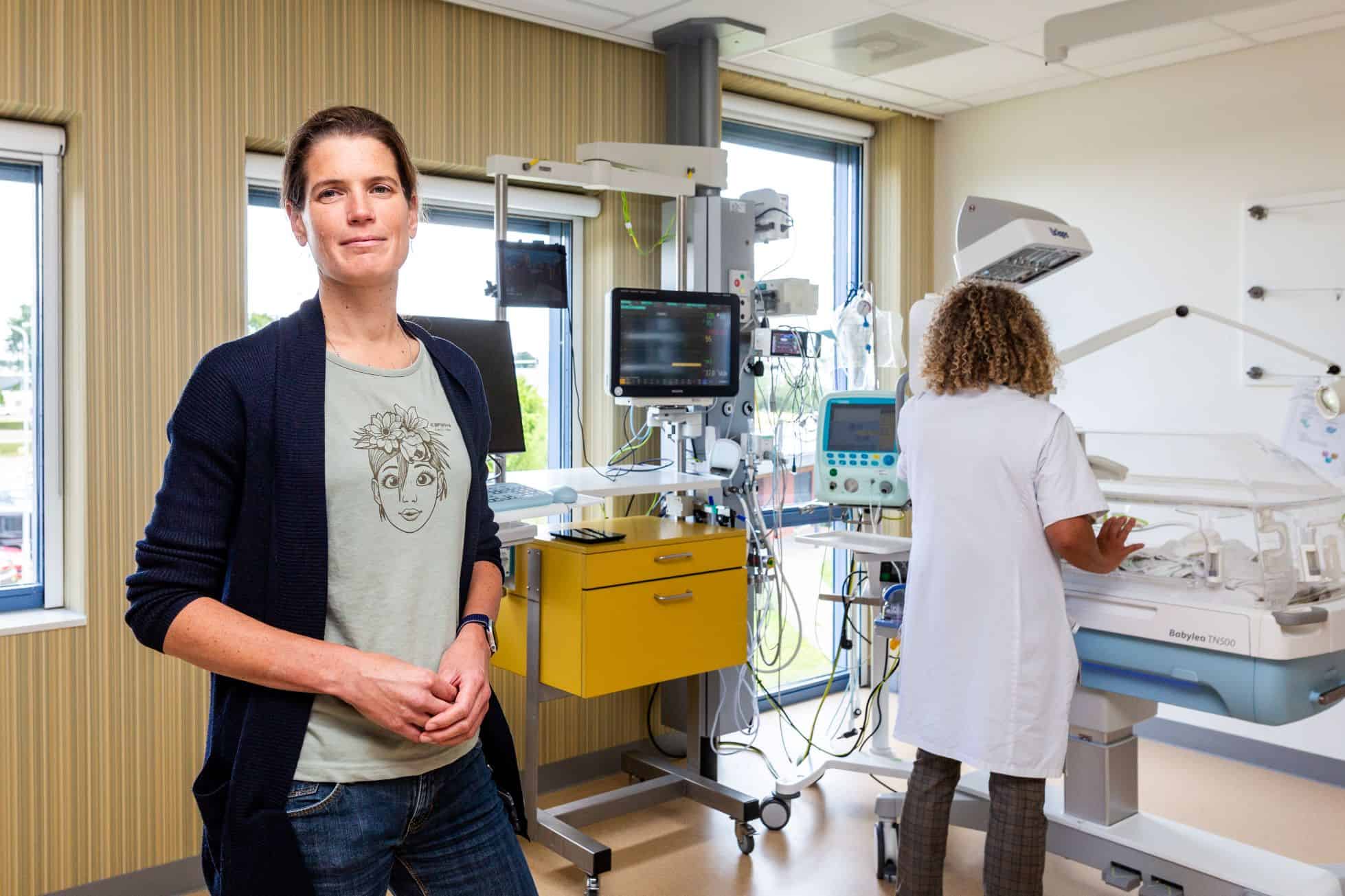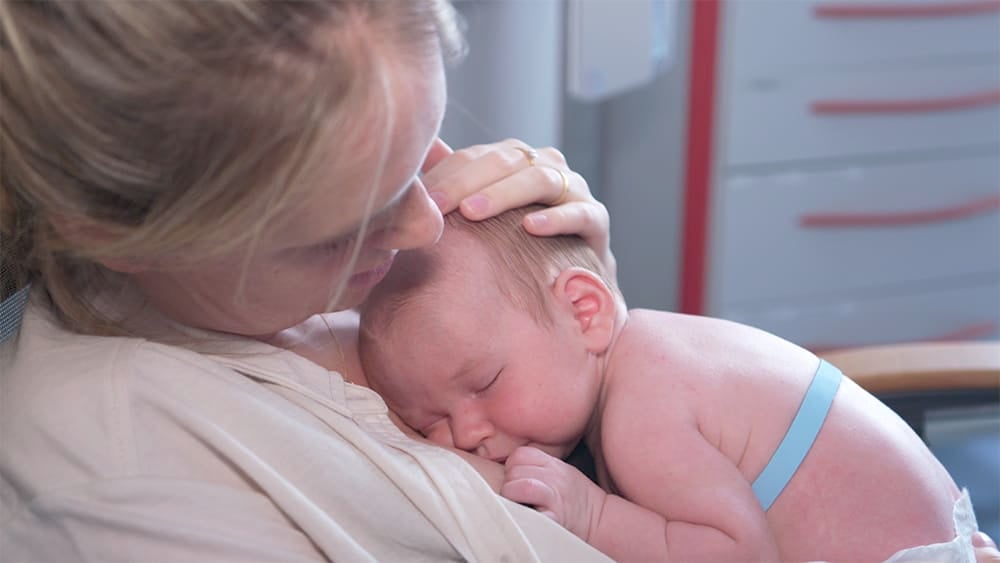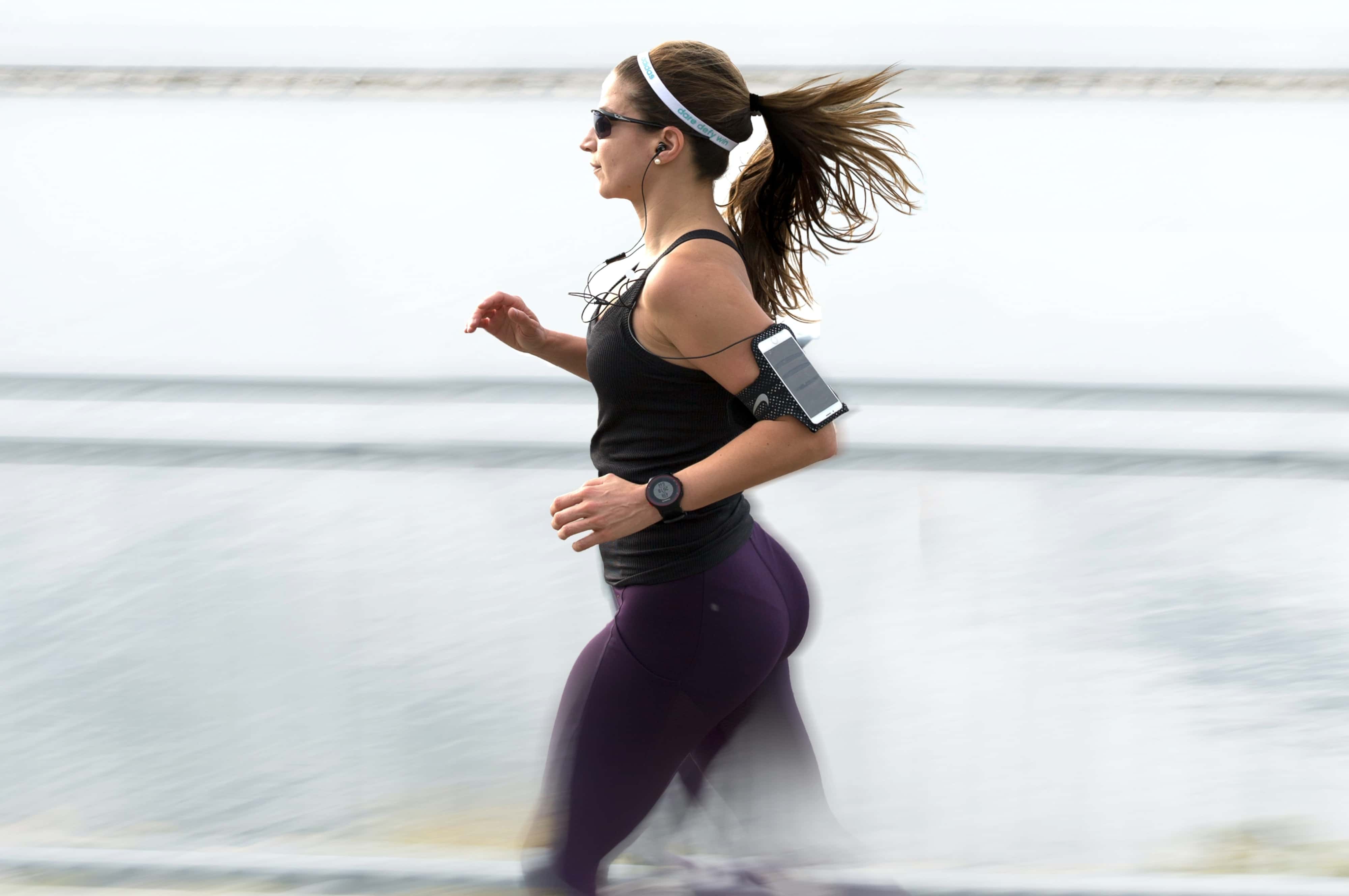
Portable biosensors that monitor health and fitness without the need to apply anything on your actual body are becoming increasingly popular among adults. This technology isn’t particularly suitable for use with newborns. The devices are often bulky. Or there is a risk that the delicate skin of babies might be damaged. In a Spanish-American study, scientists designed a pacifier that uses bio-sensors in order to measure glucose levels in a baby’s saliva in real time. This can ultimately help diagnose and treat diabetes in the smallest of patients.
We’re already familiar with biosensors that you can wear on your clothes or are that are stuck to your skin. Yet in many cases they’ re not exactly suitable for small children and babies. Especially when used for longer periods of time. Up until now, portable devices which are made especially for babies can only measure physical characteristics such as a heart rate or breathing rate. But they don’t measure bio-markers like glucose. Continuous glucose monitoring of newborns is only possible in large hospitals. This also involves pricking them for blood tests. Joseph Wang, Alberto Escarpa and their colleagues wanted to design a child-friendly biosensor. They made a pacifier that can collect saliva and analyze biomarkers.
The pacifier has a teat that features a narrow duct. When a baby sucks on the pacifier, small amounts of saliva enter a detection chamber via the duct. An enzyme attached to an electrode strip converts the glucose in the fluid into a weak electrical signal. A smartphone app then picks this up. The strength of the current depends on the amount of glucose in the saliva samples. The more glucose, the stronger the signal.
Also suitable for other diseases
So far, the researchers haven’t as yet tested the device on babies. Although they have tested it on adults with type 1 diabetes. With the help of a pacifier, the team discovered changes in glucose concentrations in patients’ saliva before and after a meal. The researchers state that in the future, the device could also be used to monitor biomarkers that are important for certain conditions in other diseases.
The research was carried out with the support of the UCSD Center for Wearable Sensors, a research program run by the Municipality of Madrid (Spain), the Spanish Ministry of Economic Affairs and the FPI Fellowship of the University of Alcalá. This research was published in the journal Analytical Chemistry. You can find a summary here.
Read more IO articles on biosensors via this link.








